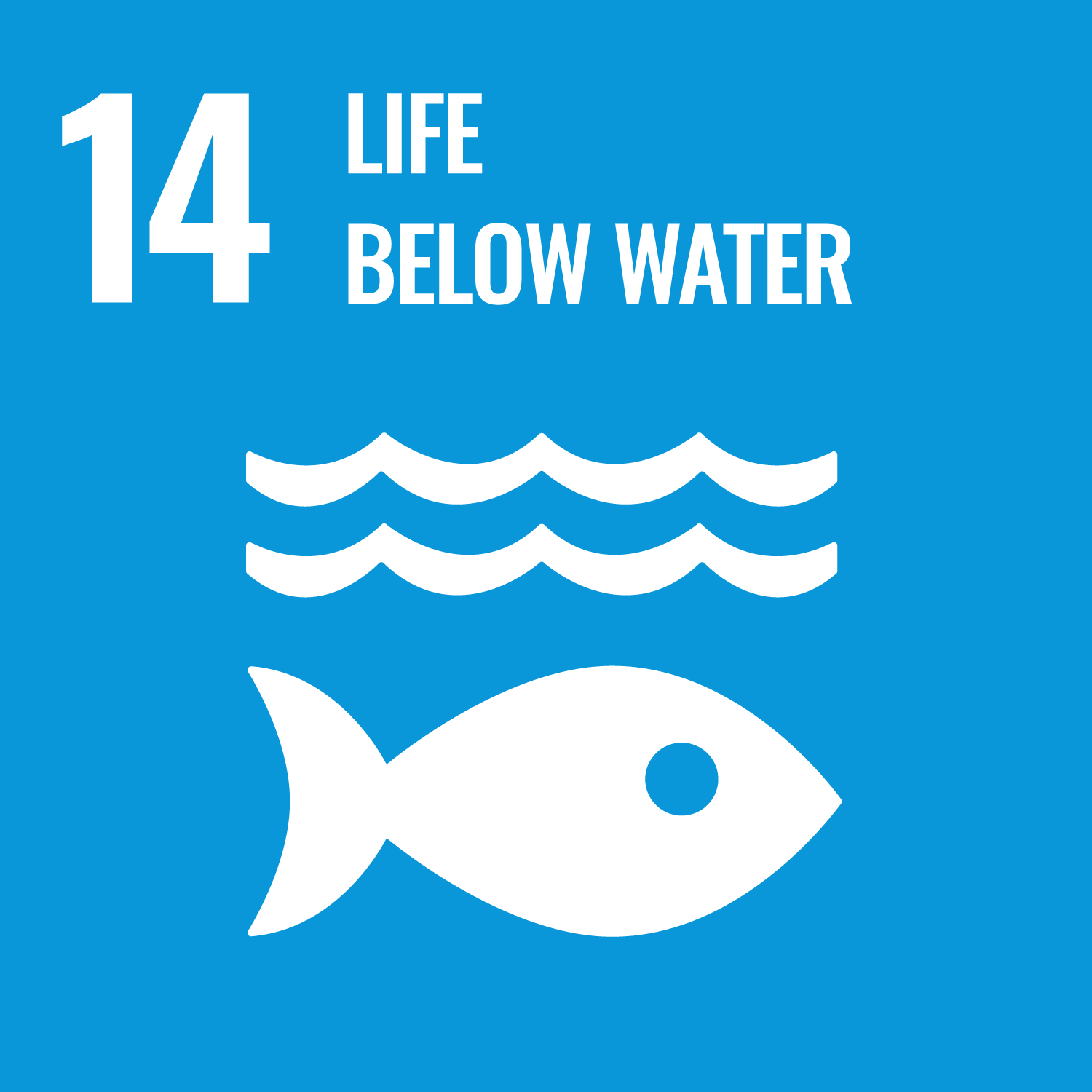Current Trends and Challenges for Rapid SMART Diagnostics at Point-of-Site Testing for Marine Toxins
ORCID
- Michael Dillon: 0000-0001-6751-7678
Abstract
In the past twenty years marine biotoxin analysis in routine regulatory monitoring has advanced significantly in Europe (EU) and other regions from the use of the mouse bioassay (MBA) towards the high-end analytical techniques such as high-performance liquid chromatography (HPLC) with tandem mass spectrometry (MS). Previously, acceptance of these advanced methods, in progressing away from the MBA, was hindered by a lack of commercial certified analytical standards for method development and validation. This has now been addressed whereby the availability of a wide range of analytical standards from several companies in the EU, North America and Asia has enhanced the development and validation of methods to the required regulatory standards. However, the cost of the high-end analytical equipment, lengthy procedures and the need for qualified personnel to perform analysis can still be a challenge for routine monitoring laboratories. In developing regions, aquaculture production is increasing and alternative inexpensive Sensitive, Measurable, Accurate and Real-Time (SMART) rapid point-of-site testing (POST) methods suitable for novice end users that can be validated and internationally accepted remain an objective for both regulators and the industry. The range of commercial testing kits on the market for marine toxin analysis remains limited and even more so those meeting the requirements for use in regulatory control. Individual assays include enzyme-linked immunosorbent assays (ELISA) and lateral flow membrane-based immunoassays (LFIA) for EU-regulated toxins, such as okadaic acid (OA) and dinophysistoxins (DTXs), saxitoxin (STX) and its analogues and domoic acid (DA) in the form of three separate tests offering varying costs and benefits for the industry. It can be observed from the literature that not only are developments and improvements ongoing for these assays, but there are also novel assays being developed using upcoming state-of-the-art biosensor technology. This review focuses on both currently available methods and recent advances in innovative methods for marine biotoxin testing and the end-user practicalities that need to be observed. Furthermore, it highlights trends that are influencing assay developments such as multiplexing capabilities and rapid POST, indicating potential detection methods that will shape the future market.
DOI Link
Publication Date
2021-04-03
Publication Title
Sensors
Volume
21
Issue
7
ISSN
1424-8220
Acceptance Date
2021-03-24
Deposit Date
2021-09-16
Embargo Period
2021-09-18
Recommended Citation
Dillon, M., Zaczek-Moczydlowska, M., Edwards, C., Turner, A., Miller, P., Moore, H., McKinney, A., Lawton, L., & Campbell, K. (2021) 'Current Trends and Challenges for Rapid SMART Diagnostics at Point-of-Site Testing for Marine Toxins', Sensors, 21(7). Available at: 10.3390/s21072499



